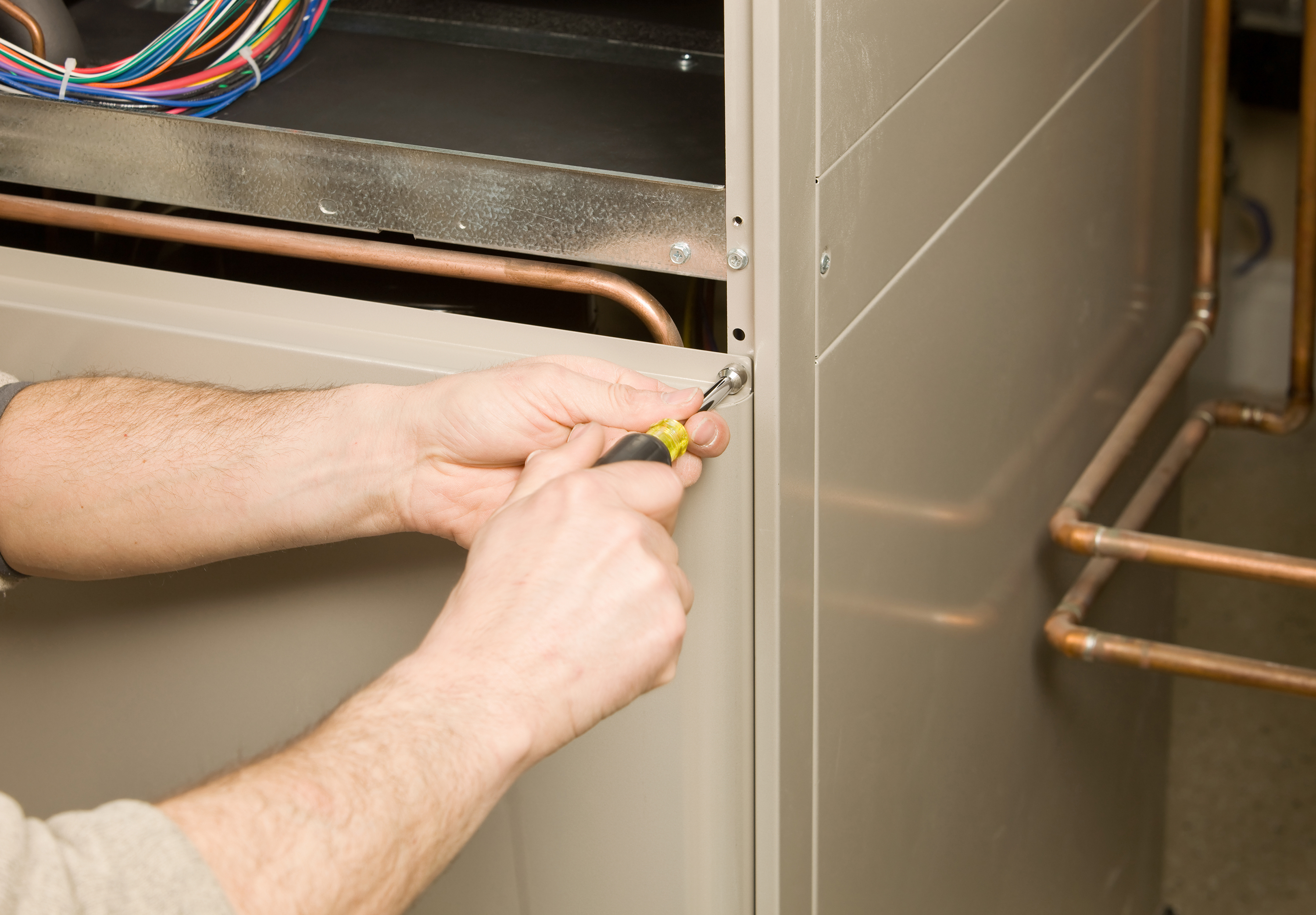

A forced air system that uses a furnace to heat the air for distribution around a house is common in the US. With an expected lifespan of 15 to 30 years, getting clued up about furnace replacement costs is a must before you invest.
If it’s time to install a furnace in your home as part of a reno, you'll want to consider everything budget-wise from materials and equipment to labor. Add on the fact that older furnaces are far less energy efficient than their modern counterparts and there’s already another reason why you may be looking to upgrade and obliged to spend...
As one of the most common the types of heating in our homes, this is everything you need to know and consider so that you can budget accordingly.
The majority of US homes are heated by either furnaces or a type of boiler, according to the US Department of Energy.
And it’s natural gas and electric furnaces along with electric heat pumps that are used as the main source of heat in the winter in the majority of American households, data from the 2015 residential energy consumption survey (RECS) undertaken by the US Energy Information Administration shows.
But with energy bills a major part of household expenditure and space heating accounting for around 45 per cent of them, the issue of furnace replacement costs could be on your mind because you want to upgrade from an old low efficiency system to a modern high efficiency version to reduce energy costs as well as cut carbon emissions.
How much does it cost to replace a furnace?
There are a number of factors that influence the cost of a new furnace, including size and type, and the requirements of the installation itself.
‘Based on a survey of HVAC companies and trade associations, the cost of a gas high efficiency furnace is between $3,600 and $8,000,’ says Jimmy Jackson, strategic HVAC Advisor at YouthfulHome.com. ‘The national average is estimated at $6,000.’
Need a forced air gas furnace? ‘A gas furnace can cost twice as much as an oil furnace and up to three times more than electric,’ he says. ‘However, the energy costs of a gas furnace are half those of the other furnace types.
‘High efficiency units cost from 25 to 50 per cent more than a moderate efficiency furnace.
‘Furnace installation costs are 45 to 60 per cent of the total cost of installing a replacement unit. Installation can often involve making upgrades to the venting, ductwork, and/or the utilities that power the furnace.
‘The improper installation of gas and electric lines can cause dangerous conditions. The work may have to be permitted by local authorities. Usually a licensed contractor, or possibly a general contractor, will need to do the work.
Changing fuel will also have an influence. ‘If you’re converting your furnace from oil to gas or vice versa, the installation will cost more, though if it saves you money long term, the move may be worth it,’ says John Li, co-founder and CTO of Fig Loans.
Consider the US Department of Energy’s advice when choosing a furnace. It counsels that if you live in a cold climate, investing in a more expensive high efficiency furnace is usually a sensible strategy. Somewhere milder, it says the extra expenditure could be hard to justify. ‘However, keep in mind that higher efficiency units will have lower emissions than units in the 80 per cent range,’ it concludes.
How much does a furnace cost for a 2000 square foot home?
Where you live counts when it comes furnace costs, especially per square footage.
First of all, be aware that furnaces have BTU ratings. BTU stands for British thermal unit. The definition of a BTU (the amount of energy it takes to heat 1 pound of liquid water by 1 degree Farenheit at the temperature that water has its greatest density, which is about 39 degrees Fahrenheit) doesn’t illuminate things for most of us.
However, you should note that how big a furnace should be can be expressed in BTUs per hour per square foot of space in your climate zone.
The takeaway? ‘The size furnace you need for a 2000 square foot home will depend on your location in the US,’ says Kelly Bedrich, CEO of NaturalGasPlans. ‘That’s because the size of furnace depends on your climate zone, not just the size of your house. A home that’s located in the north east needs a larger furnace than someone located in the south.’
‘For example, a home in Florida, zone 1, needs 30 to 35 BTUs per square foot. A home in Massachusetts, zone 4, needs 45 to 50 BTUs per square foot. So not only are you running your furnace more in colder climates, you’ll make a bigger investment in the equipment to heat your home.
‘For a home in the mid-Atlantic area, zone 3, you’ll need an 80,000 to 90,000 BTU furnace. That will cost between $3,000 and $5000 installed.’
Why is furnace installation so expensive?
There are several reasons why furnaces are costly to install and/or replace.
‘The complexity of the work and the need to use trained professionals contribute to the expense of installing a new furnace,’ explains Jimmy Jackson.
Alan Duncan, founder of Solar Panels Network, agrees. ‘The installation process is complicated and requires substantial information about the house to get it right; it is no simple DIY task,’ he says. ‘It requires vigilance and concentration as any miscalculation can cause carbon monoxide or other hazards to leak, thus requiring the oversight of an experienced professional.’
Joseph Wood, master plumber and founder of Boston Standard Company identifies additional explanations, including the sophistication of some of today’s space heating. ‘Modern systems have wi-fi built in and they connect to things like garage doors and security systems, and include intelligent motherboards and more advanced efficiencies and materials than the ones from yesteryear,’ he explains.
Join our newsletter
Get small space home decor ideas, celeb inspiration, DIY tips and more, straight to your inbox!

Sarah is a freelance journalist and editor writing for websites, national newspapers, and magazines. She’s spent most of her journalistic career specialising in homes – long enough to see fridges become smart, decorating fashions embrace both minimalism and maximalism, and interiors that blur the indoor/outdoor link become a must-have. She loves testing the latest home appliances, revealing the trends in furnishings and fittings for every room, and investigating the benefits, costs and practicalities of home improvement. It's no big surprise that she likes to put what she writes about into practice, and is a serial house revamper. For Realhomes.com, Sarah reviews coffee machines and vacuum cleaners, taking them through their paces at home to give us an honest, real life review and comparison of every model.
-
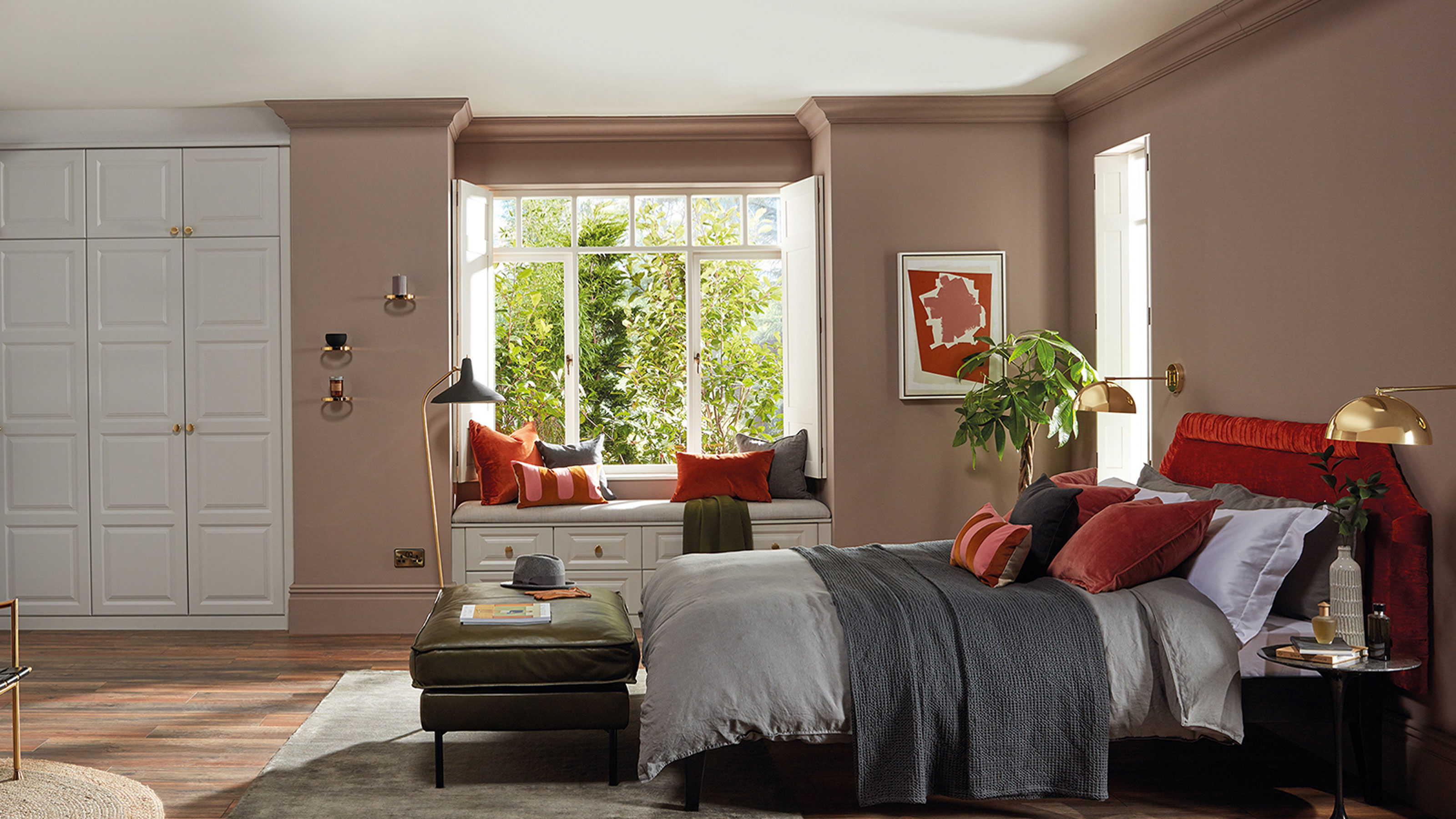 Anthony Carrino reveals $8 product all renters need to help keep their home warm
Anthony Carrino reveals $8 product all renters need to help keep their home warmThe designer known for his HGTV show 'Kitchen Cousins' shares his window insulation tip to keep your home warm
By Millie Hurst Published
-
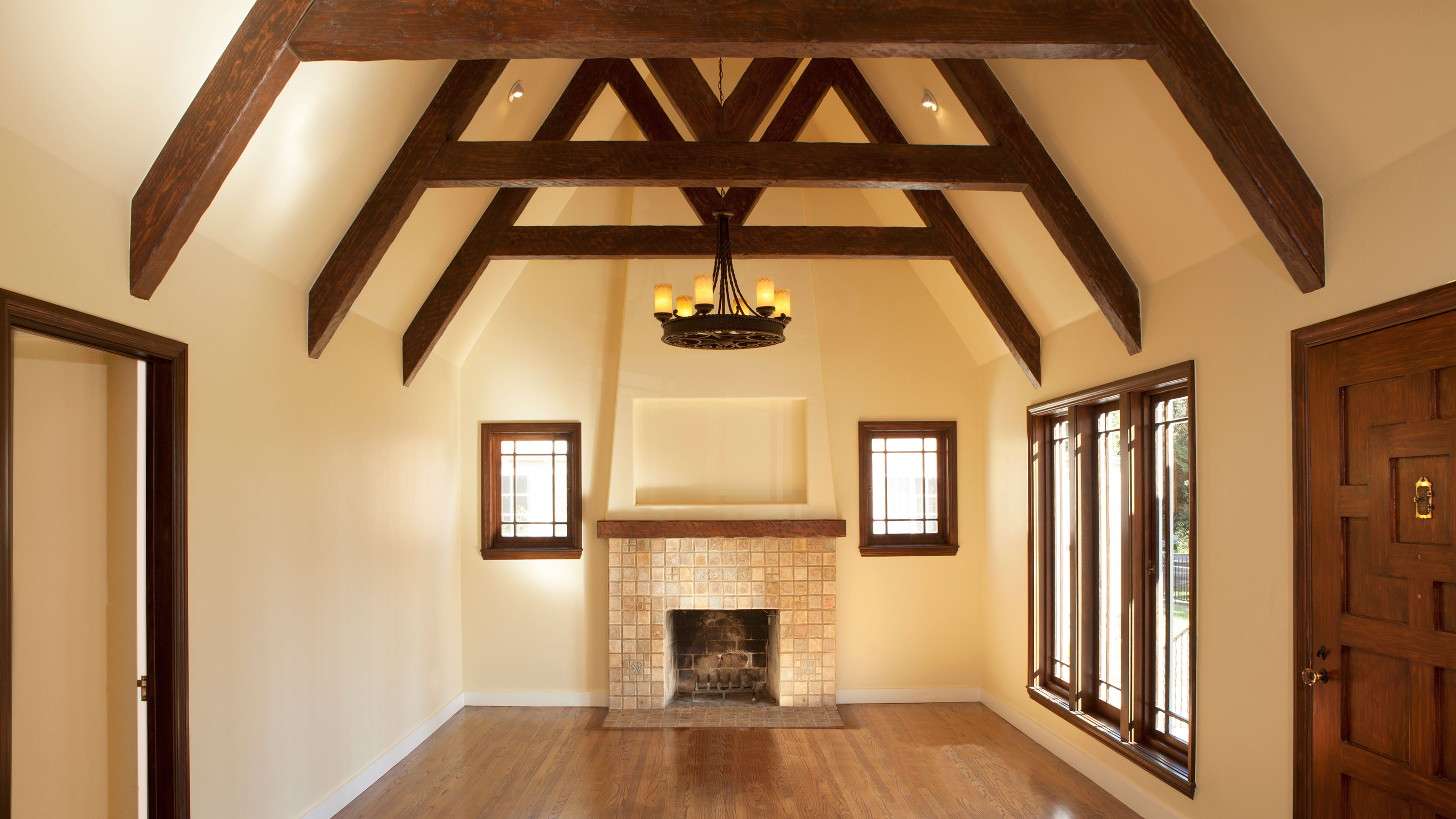 A total guide to vaulted ceilings – pros, cons, costs and more
A total guide to vaulted ceilings – pros, cons, costs and moreWeigh up the pros, cons and costs of vaulted ceilings to decide whether they are the right fit for your home.
By Sarah Warwick Published
-
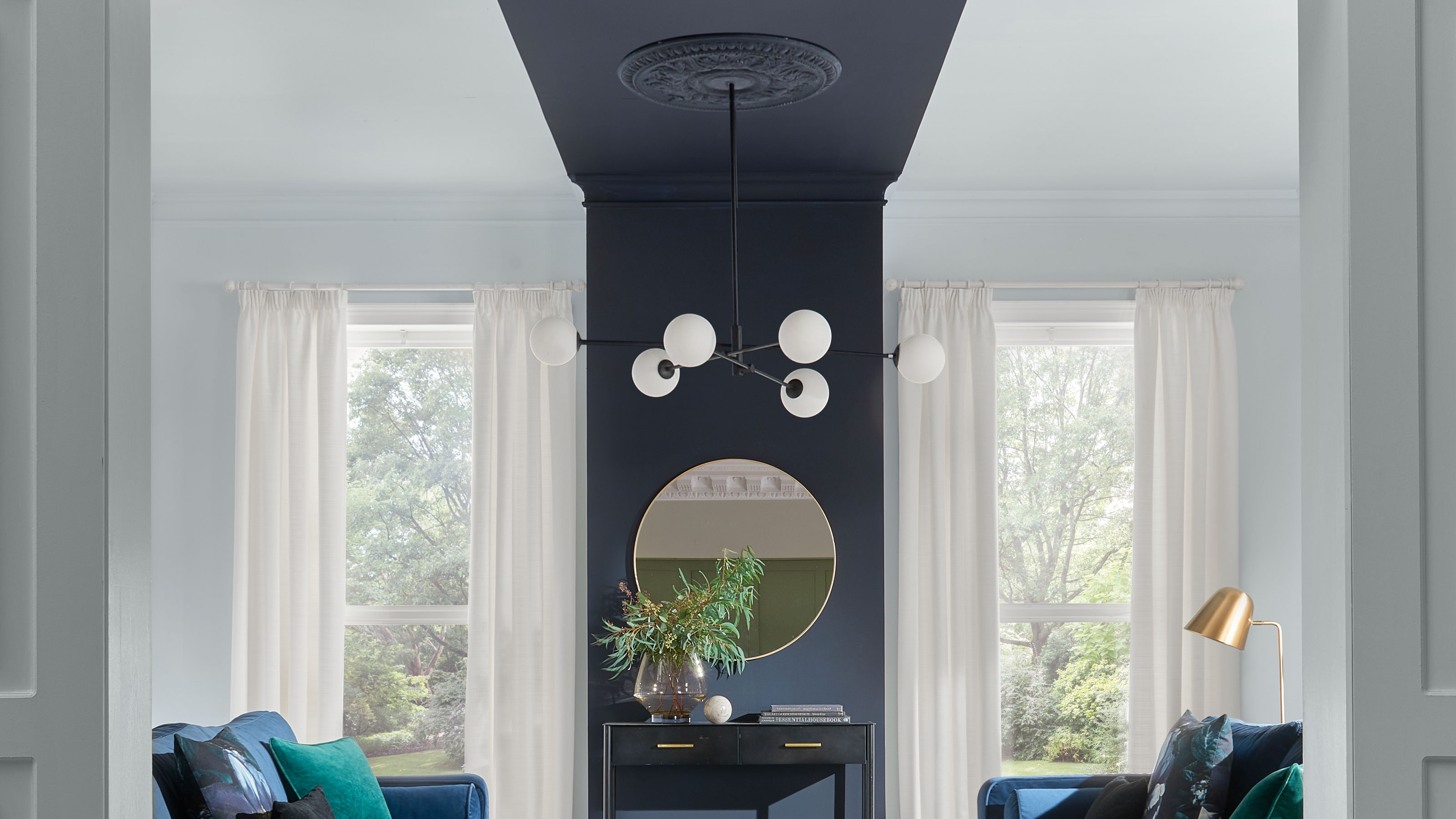 17 ceiling ideas to add wow factor from above
17 ceiling ideas to add wow factor from aboveTransform your fifth wall with ceiling ideas that are sure to add character to every room. From beams and paint to wallpaper and more unique ways to cover ugly or dated ceilings, there's so much in the way of inspiration.
By Holly Phillips Published
-
 5 ways to stop drafty doors fast — seal air leaks with help from the experts
5 ways to stop drafty doors fast — seal air leaks with help from the expertsLearn how to stop drafty doors if you're feeling a chill. Sealing air leaks is easily done DIY with quick fixes from home experts.
By Anna K. Cottrell Last updated
-
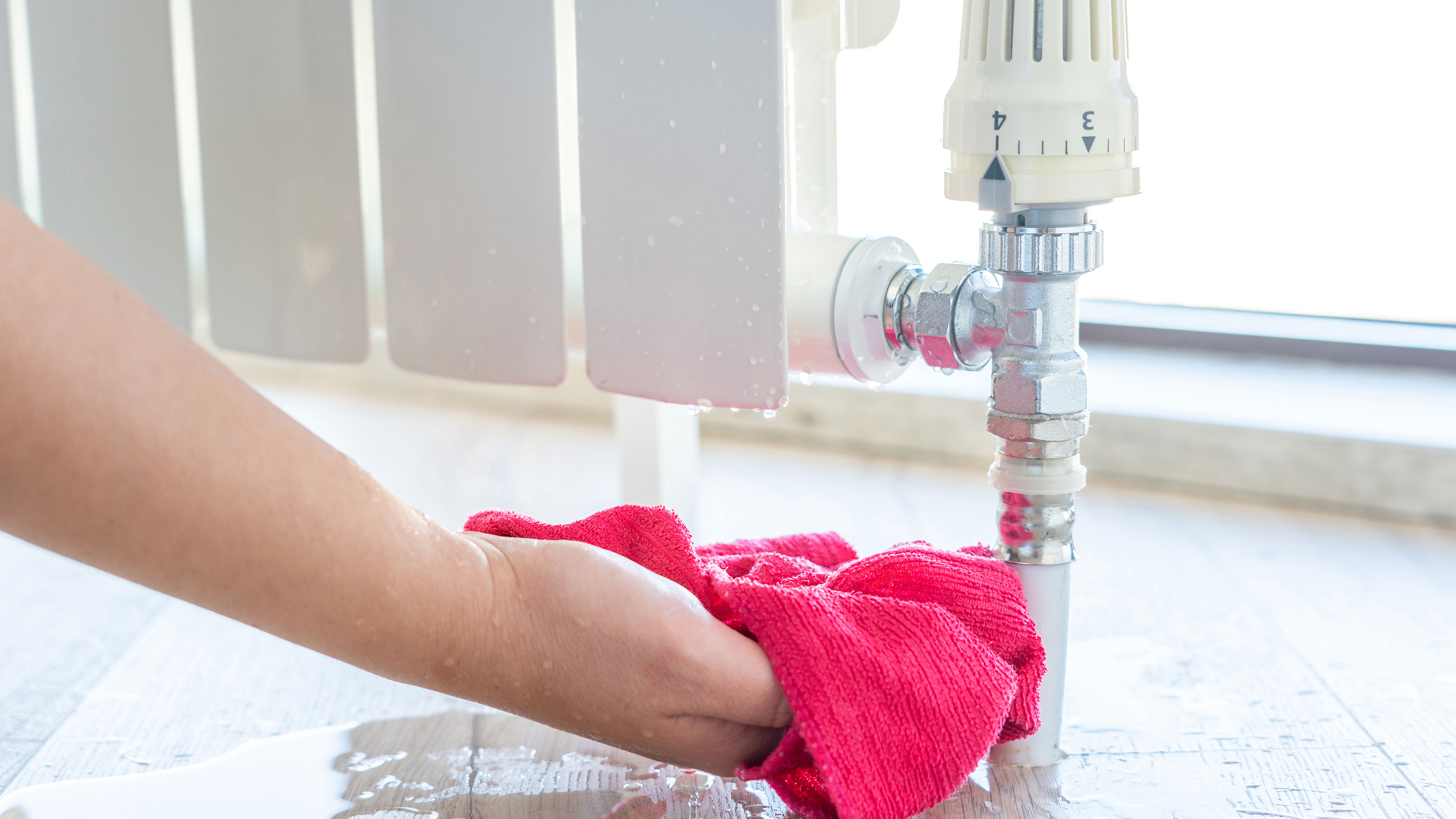 Leaking radiators: why it happens and how to fix it
Leaking radiators: why it happens and how to fix itIf you've got a leaking radiator, you should try and resolve the issue quickly. This is why it's happening and how to fix it.
By Sarah Warwick Published
-
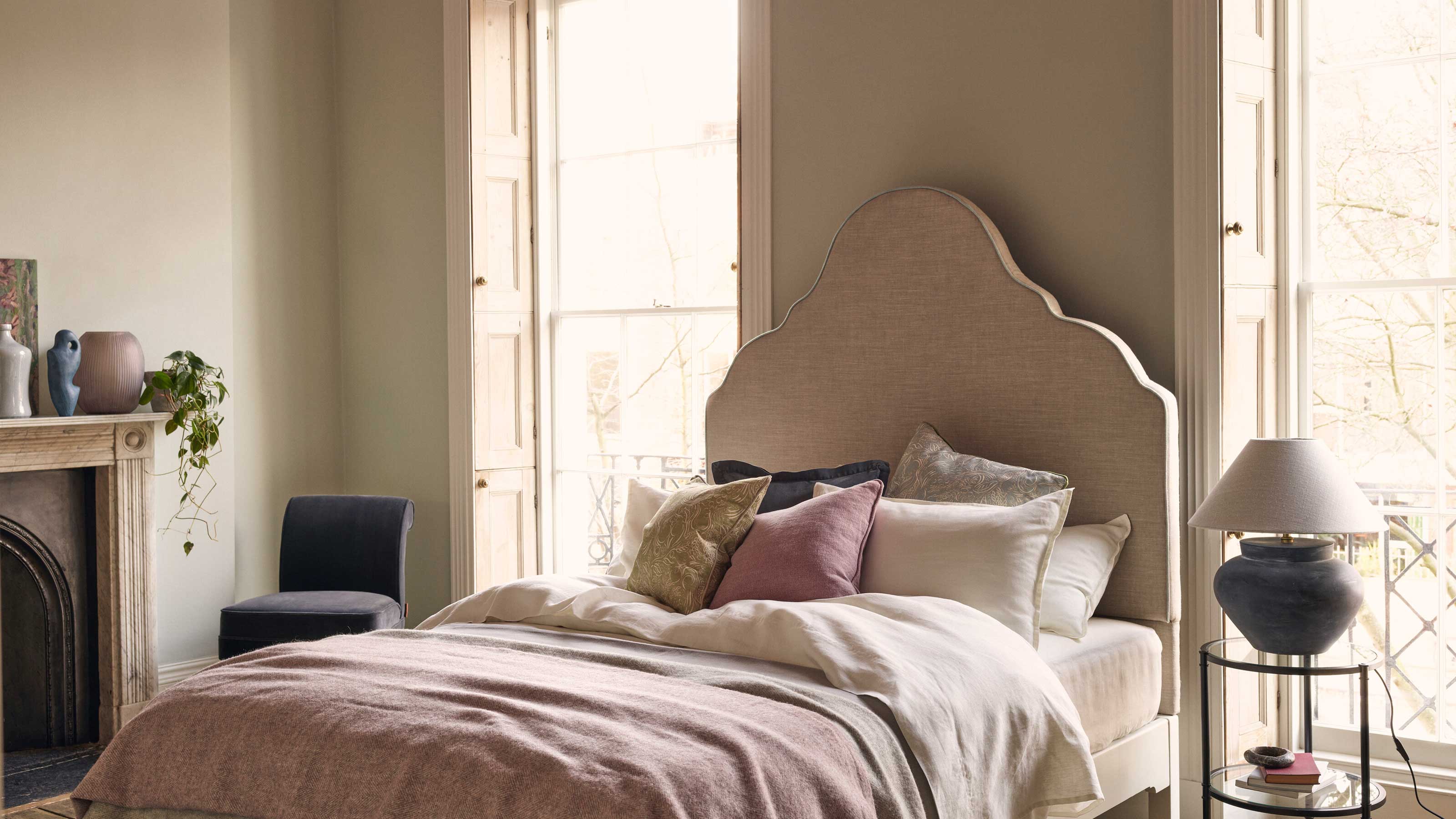 How to keep scrolling for DIY inspo – without losing sleep
How to keep scrolling for DIY inspo – without losing sleepBecause there's a time and a place for TikTok. And just before bed isn't the one
By Millie Hurst Published
-
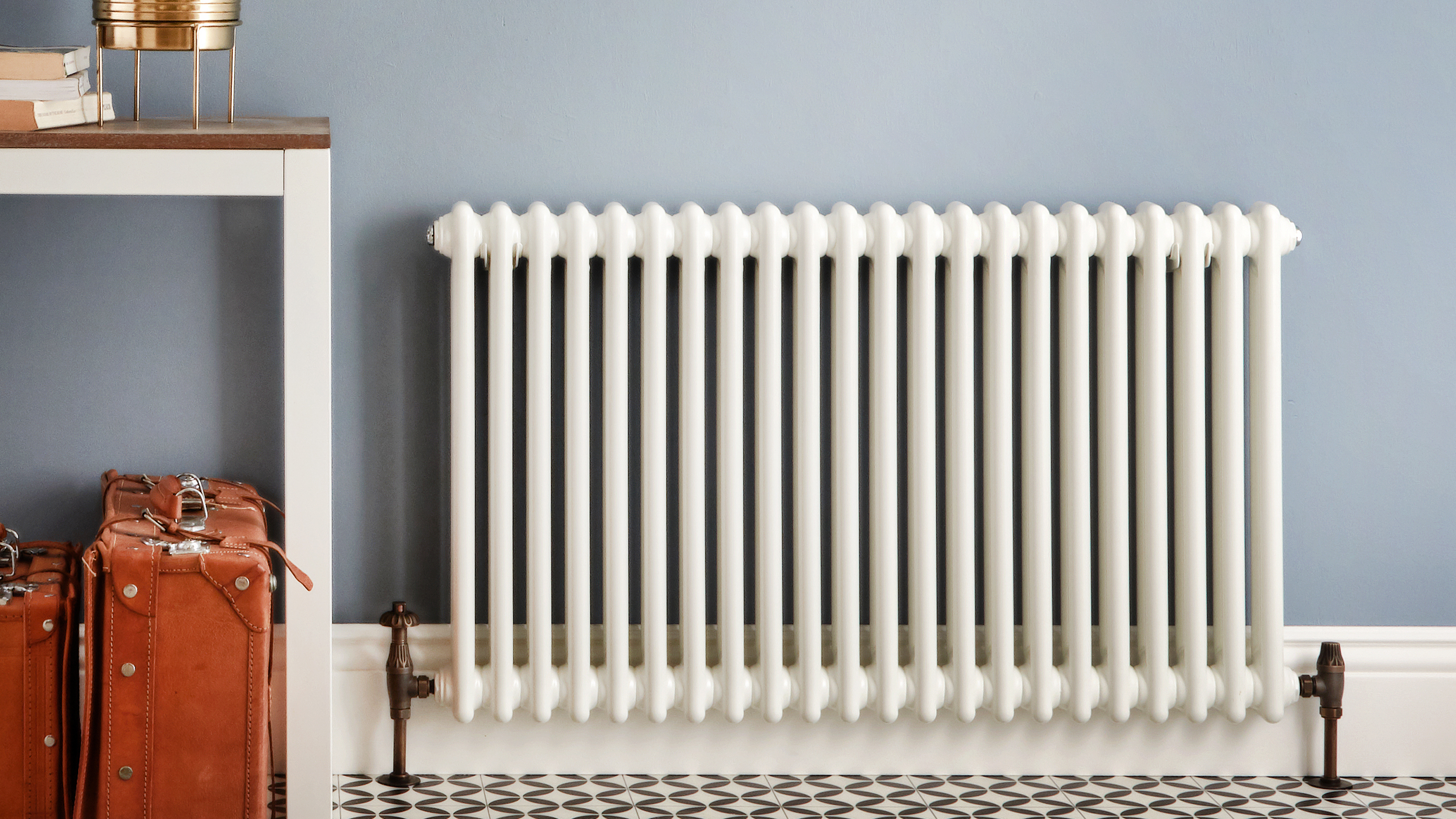 How much does it cost to replace a radiator?
How much does it cost to replace a radiator?Everything a homeowner needs to know about what it costs to replace a radiator and when to do it
By Carol J. Alexander Last updated
-
 How to balance radiators – a simple step-by-step guide
How to balance radiators – a simple step-by-step guideSome of your radiators slow to heat up? Learn how to balance radiators and solve the problem
By Sarah Warwick Last updated